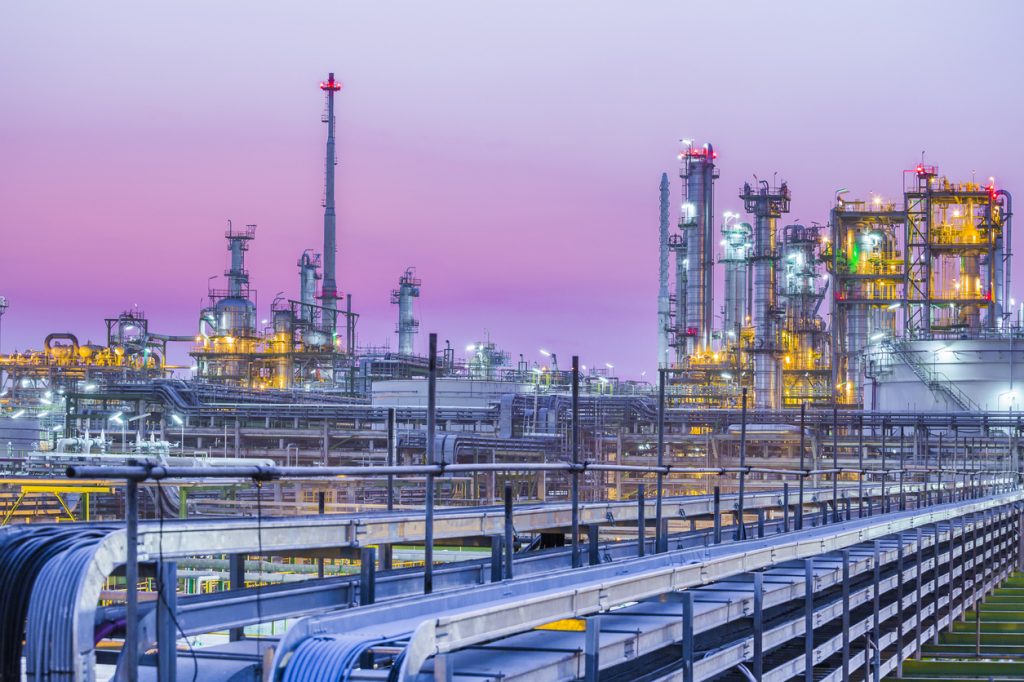Does Your Facility Need Zero Liquid Discharge Technology?
If your industrial facility discharges its waste into deep wells, streams, sewers to publicly owned treatment works (POTWs), and/or other waterways, it is likely there are some types of regulations on discharging the waste. With an increasing push toward environmental protection, many industrial facilities and effluent regulators are strengthening strategies to reduce industrial process waste. Some are even going so far as to implement zero liquid discharge (also known as ZLD), a process that limits liquid waste at the end of your industrial process to, as the name suggests, zero.
You might be asking, “Does my facility need ZLD technology?” This article breaks down how you can answer this question below:

Local discharge regulations might require ZLD
As always, it is important to be on top of local regulations for your area of business. Pollution of the surrounding aquatic environment is increasingly at the forefront of public concern, and it is likely to continue to be. It only makes sense that regulators will tighten wastewater and discharge limitations to protect the environment and human health.
For example, the recent regulations passed by the U.S. Environmental Protection Agency for steam electric power plants include new rules for limiting harmful pollutants that can be discharged. Some of the recommended methods of treatment for fly ash transport water, bottom ash transport water, and flue gas mercury control system wastewater is ZLD:

[Download our free zero liquid discharge e-book.]
As environmental regulations become more stringent, which it can be fair to expect them to be, recovering/reusing your process water and eliminating the wastewater disposal will help your facility avoid paying large fines in the long run. It is a high initial investment, but again, with fees soaring and only getting pricier, adapting your facility to a ZLD plant will likely pay off in the long run.
Your facility is located in a place with severe water scarcity challenges
Is your facility located in a drought-stricken area, such as California, or a place that has strict limitations on water usage? If the answer is yes, chances are there are rules to what and how many contaminants you are allowed to release into local waterways, if at all.
Fresh water is becoming scarcer by the day, which can potentially be a detriment to the health of the local economy, water security, and surrounding ecosystem.
By investing in a ZLD wastewater treatment system, you can help your facility conserve water that is important to your process while protecting the resources that are valuable to your local community.
High-cost discharge rates might not be feasible
If you are permitted to discharge your wastewater to local waterways or municipalities, fees to do so can be extremely high—especially in places experiencing drought and for industries that produce complex and harmful wastewater streams. These fees can include a large 1 time connection fee based on volume and peak demand. Surcharges may also apply in addition to monthly discharge volumes.
By upgrading your facility to ZLD, you are able to eliminate the high cost of waste disposal with the added benefit of reusing recycled wastewater in your process.
What now?
SAMCO has over 40 years’ experience custom-designing and manufacturing these types of systems, so please reach out to us with your questions if you think your facility might need a ZLD wastewater treatment system. You can contact us here to set up a consultation with an engineer or request a quote. We can walk you through the steps for developing the proper solution and realistic cost for your ZLD wastewater treatment system needs.
You might also be interested in reading more about wastewater in the following blog articles:
- 9 of the Best Industrial Wastewater Treatment Equipment Supply and Technology Companies
- What Is a Wastewater Treatability Study and How Does it Work?
- How Much Does a Wastewater Treatment System Cost? (Pricing, Factors, Etc.)
- The Importance of Wastewater Treatment for Your Facility: Is it Necessary?
- How to Choose the Best Wastewater Treatment System for Your Plant
- How Do You Know If An Industrial Facility Needs a Wastewater Treatment System?
